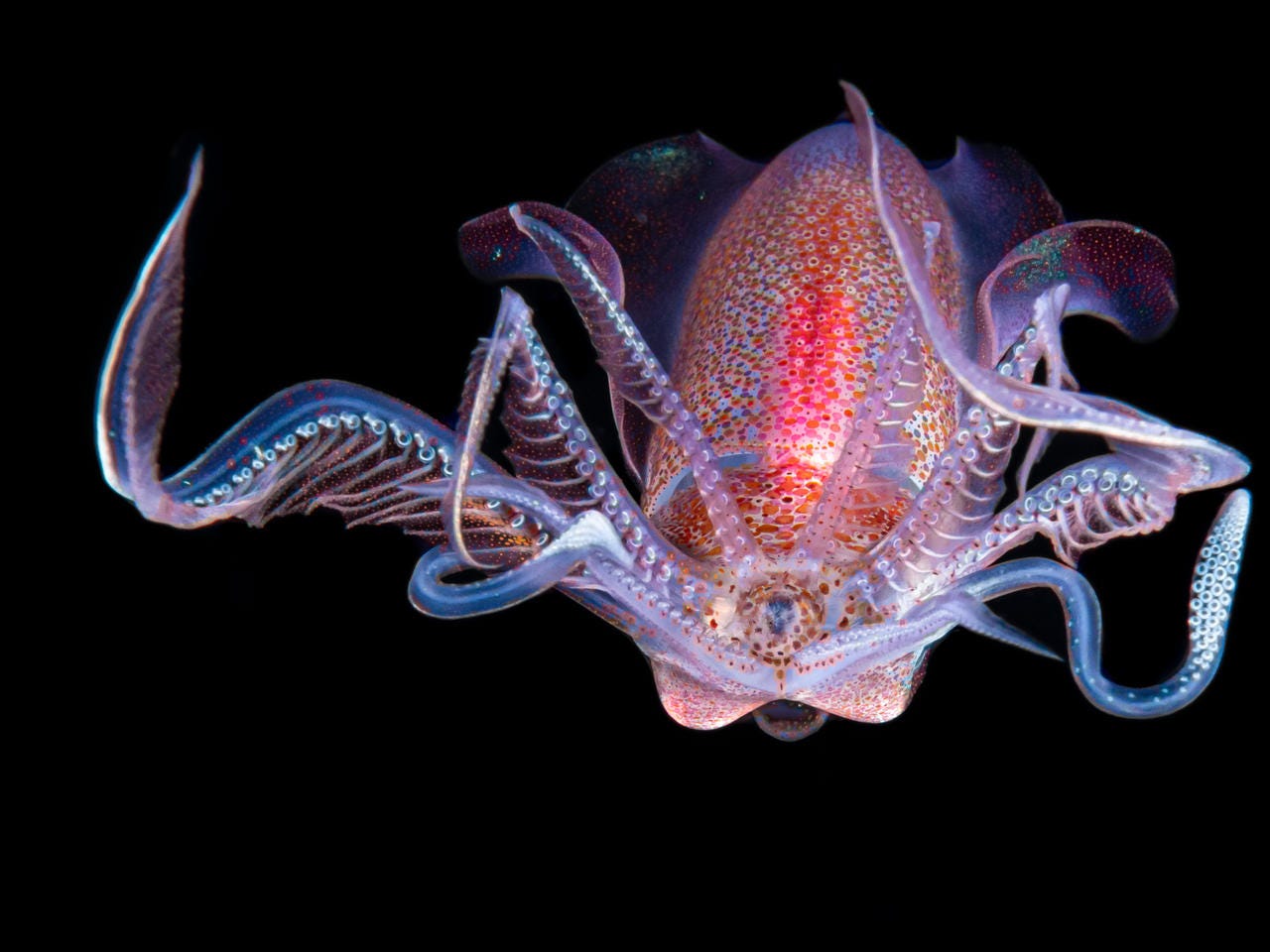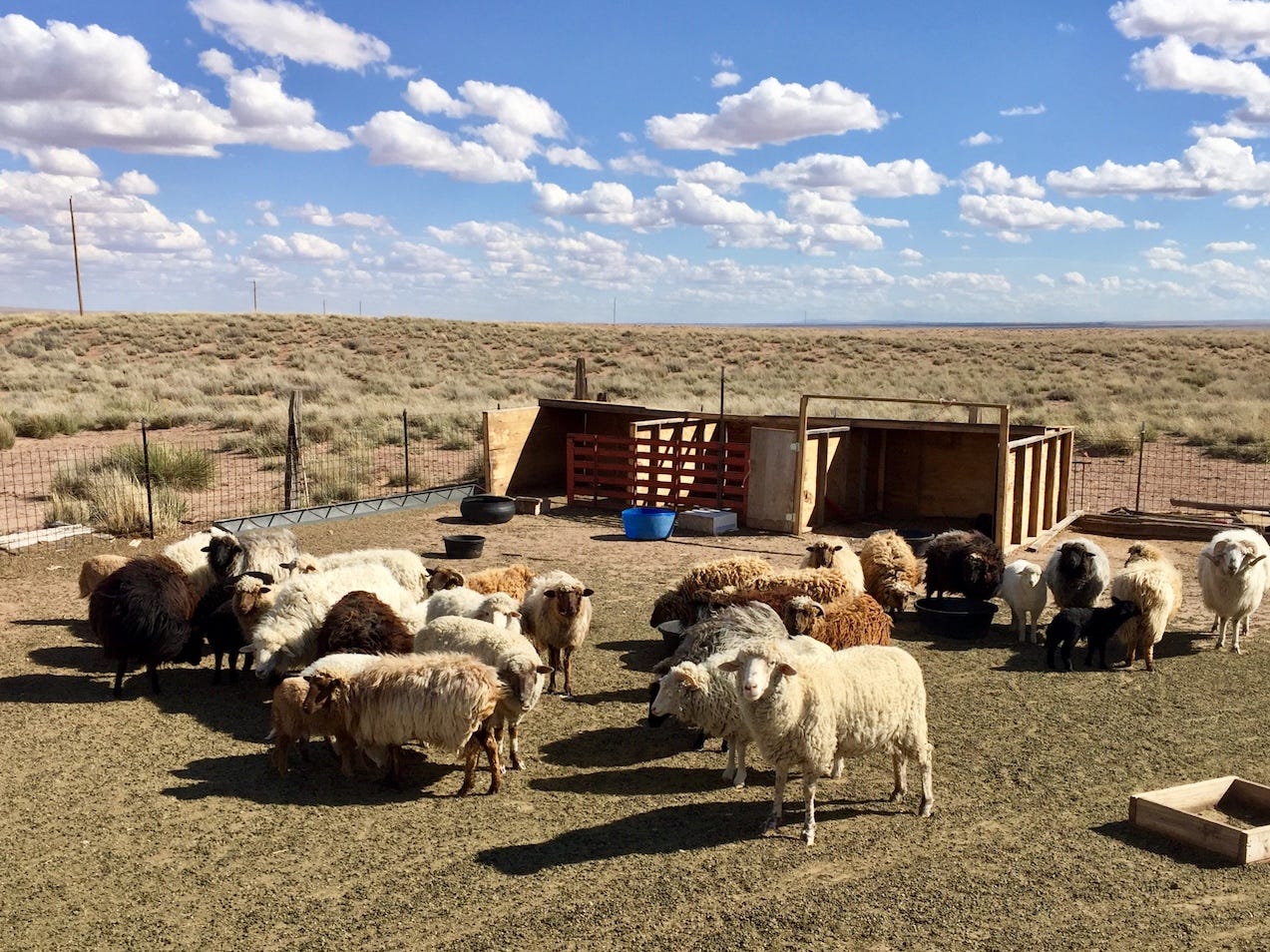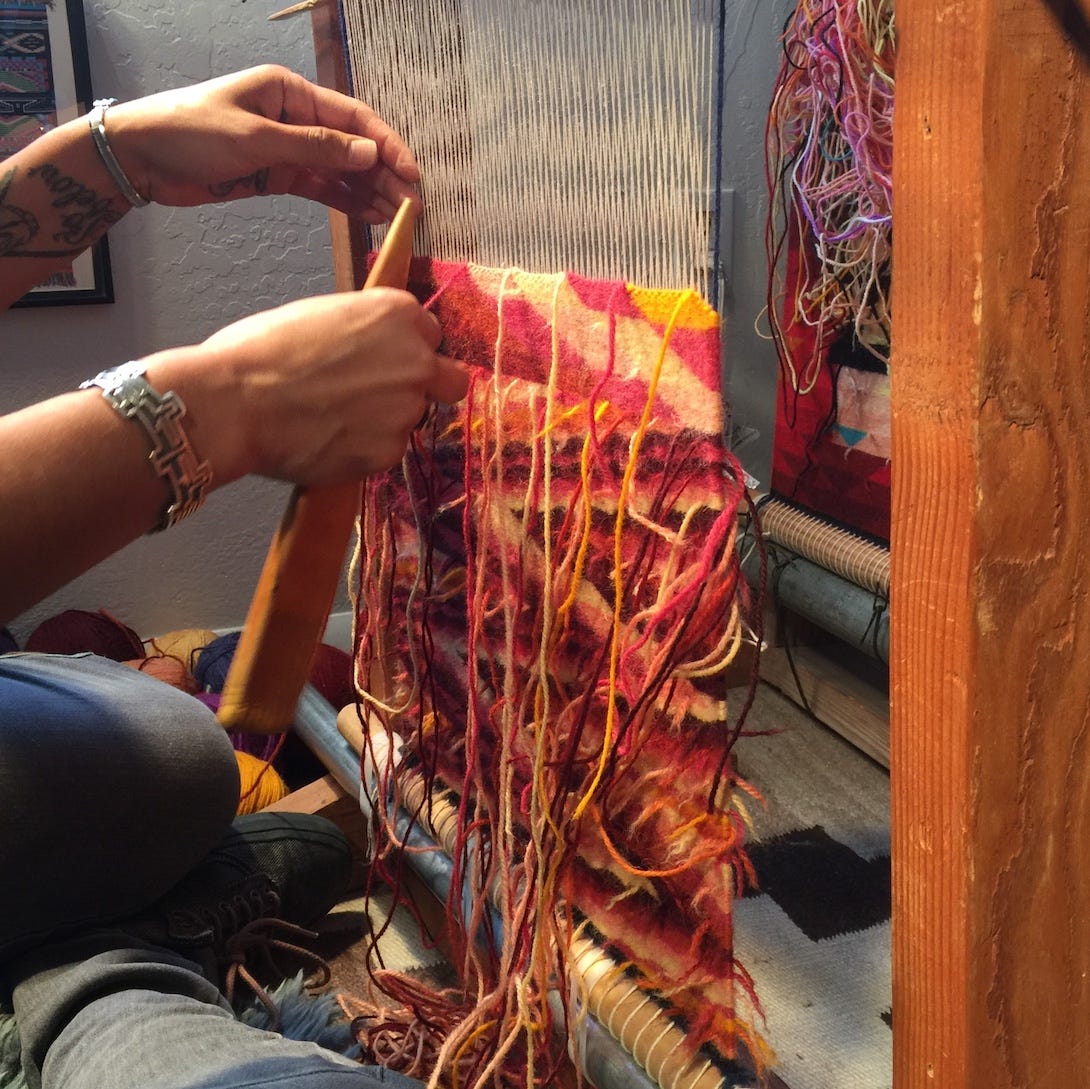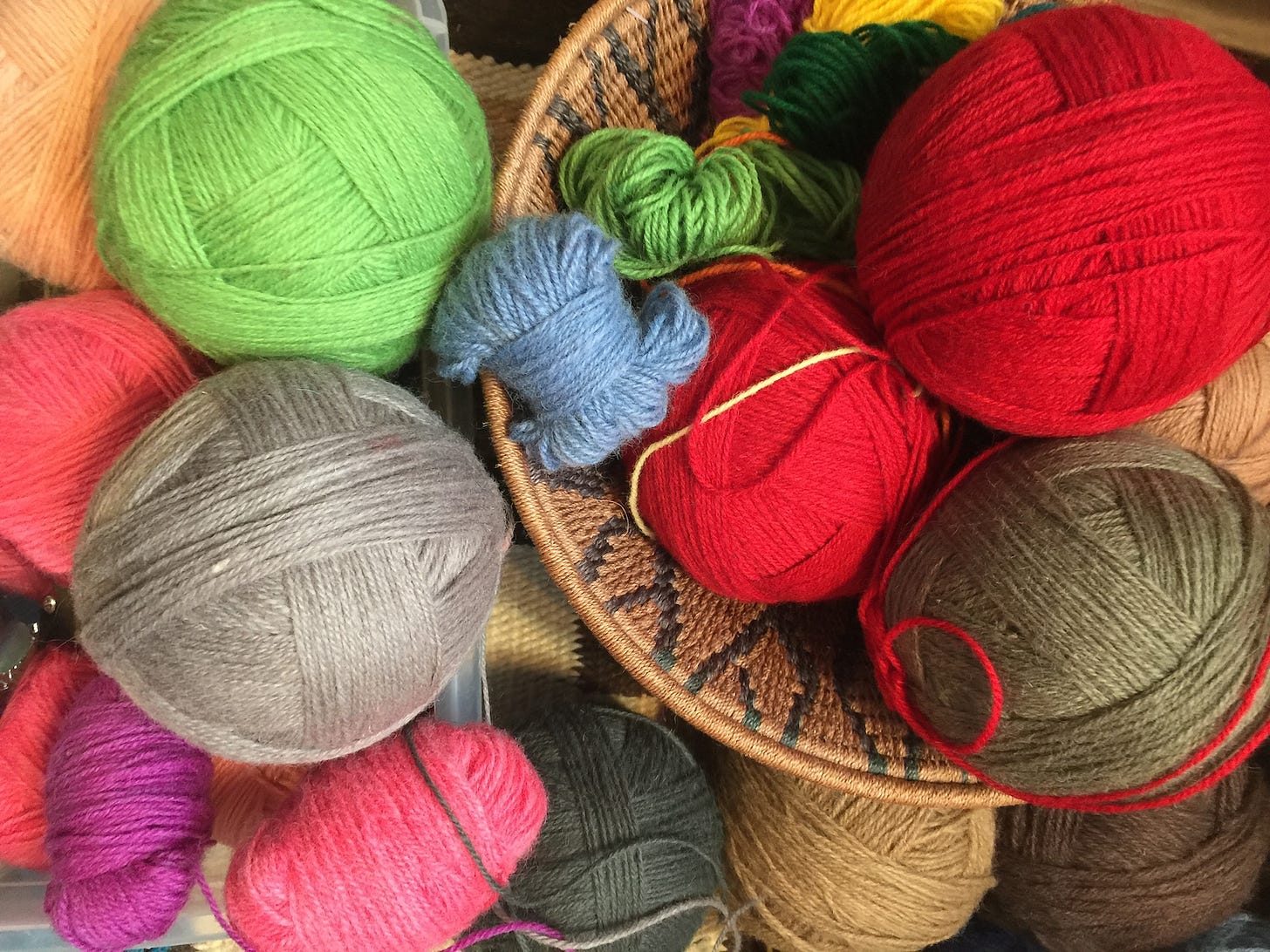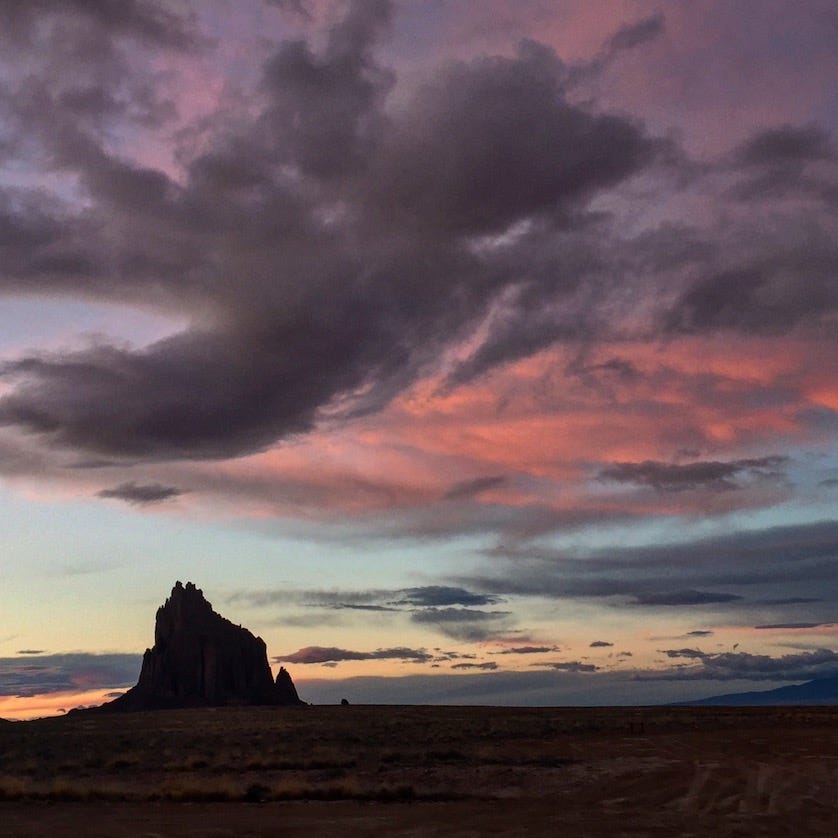Did you feel it? When the election was called for President-elect Biden on Saturday morning, did you feel the joy that swept across the country?
I did. I wasn’t expecting to be overcome with emotion, but it was a welcome change. A surge of… I’m not sure what exactly. Not hope, but the kind of exuberance one feels at sporting events and concerts. An overwhelming intensity of feeling that crowds out every other emotion. I imagine winning a big award at a public ceremony must be like that. We won.
The happiness wasn’t in opposition to 45 or the GOP or the brainwashers on Fox News. It just was. And it’s been a minute since I felt anything like it.
And now that 45 is back to being the corrupt, craven dickhead that he’s always been and always will be, I’m finding it hard to go back to the way it was before Biden and Harris won the election. I’ve had my fill of hypocrisy from the right and the anxiety from the left. I don’t want it in my life.
I refuse to participate. I’ve signed out of Twitter and taken the app off my phone and will stay off Biden is inaugurated. And he will be inaugurated. There will be no coup. These are the people who booked a news conference at Four Seasons Total Landscaping for fuck’s sake.
45 is at the end of the his run and he knows it. He’s going to do everything in his power to hold on to the protections he enjoys as POTUS because when he becomes a civilian again homeboy is going to court. He’s still hurting people, like the military officials he sacked this week, and there will be more collateral damage because that’s what he does. 45 is a chaos agent. He’s dangerous because he has no character and no morals. It’s lasted as long as it has because he has not one iota of self-regard. But this it. It’s over and I don’t need to tune in because I know how it ends.
(If you are feeling in some way obligated to watch 45 flail around like a spoiled rich kid in a bad cartoon, be my guest, but you don’t have to do it. I release you from that obligation.)
For the next ten weeks I’m going to go back to using the Internet the way it was intended: for looking at photos of cute babies and kittens and bugs. Yes, bugs. Look at these adorable photos from the Luminar Bug Photography Awards 2020.
Next week I’ll get back to some semblance of normalcy around here with reviews of books I’ve been reading.
Arizona on My Mind
I have a love/hate relationship with Arizona. I went to grad school at Northern Arizona University in Flagstaff, Arizona, and I didn’t love it. I met some of my closest friends in life there, but when I finally pulled up stakes I was happy to put it in my rear-view mirror.
In 2015 a former colleague of Nuvia’s accepted a teaching position at Diné College in Shiprock on the Navajo Reservation and he invited us out for a visit. (Hi Vernon!) Nuvia was teaching then and I was working from home so we decided to go during her spring break. That two week road trip turned into an annual visit for three years in a row and I fell in love with the Four Corners region of the American Southwest.
Now Shiprock is in New Mexico, not Arizona, but the Navajo Nation overlaps Arizona, Colorado and New Mexico and after a while those borders fall away and you orient yourself by the mountains and the canyons and the roads. Every day we explored new places. I’ve never been anywhere with such amazing clouds. I really miss it.
I’ve been thinking a lot about Arizona the last few days, especially those images that compare maps of Arizona tribal lands with how the state voted:
The maps speak for themselves. Without the native vote, Arizona would not be blue today.
Two weeks ago Betsy Marro asked for readers to send in a Moment of Zen, a photo, drawing, or anything that “moved you, thrilled you, calmed you.” I went for calm with a photo of a desert road in Arizona.
I took the photo in March 2017 while visiting Melissa Cody, an incredible Navajo weaver, for a cover story for San Diego CityBeat that ran the following year. Sadly, that story is no longer available online. But I’m happy to say that I’m going to interview Melissa again, this time for Razorcake with an emphasis on her relationship with her art, her uneasy truce with tradition, her affinity for punk rock, and how it informs her work.
I’m publishing the CityBeat story here as an introduction to her work with photos from our visit to No Water Mesa. You can think of it as a virtual road trip.
The Spider Woman of No Water Mesa
We are in Leupp, Arizona, a small community on the Navajo Reservation 45 miles northeast of Flagstaff, waiting in the parking lot across from the gas station where several dogs drowse in the shadows.
My wife, the artist and educator Nuvia Crisol Guerra, and I are waiting for Melissa Cody, a fourth-generation Navajo weaver and rising talent in the art world. Her work has been widely exhibited and received numerous awards, including the 2018 National Artist Fellowship from the Native Arts & Cultures Foundation, and we have come to visit her studio at her parents’ ranch at No Water Mesa.
But right now we’re sitting in a dusty lot with an old man selling hamburgers and tamales out of a trailer while clouds drift across the mesa, plunging pockets of semi-arid scrubland into shadow.
A late model Tacoma pick-up truck rolls into the lot and Melissa jumps out wearing a denim jacket and cat’s-eye sunglasses. Though she has just turned 34 she looks much younger.
We follow Melissa’s truck down a dirt road and it’s immediately clear why she drove out to Leupp to meet us: the roads aren’t marked, the GPS doesn’t work, and we would have gotten hopelessly lost without her guidance. Twenty-five miles and forty-five minutes later, we reach the ranch, which is home to three humans, two dogs, several horses, a head of cattle, and a large number of sheep.
Melissa’s mother, Lola, who is also an award-winning weaver, joins us for the tour. They take us into the enclosure where the Codys raise their own churro sheep and Nuvia holds a baby lamb that is just a few hours old. The sheep are raised for their wool, which the Codys spin into yarn and color with vegetable dye, just as their ancestors have been doing for hundreds of years.
According to legend, Spider Woman wove a map of the universe and taught the Navajo women how to weave. Like a spider web, traditional Navajo rugs are made from the inside out. A weaver marks the mid-point of the design and ties off the strings in the center of the weave. In traditional Navajo weavings, all four quadrants are symmetrical and mirror images of each other.
But Melissa Cody is more than a traditional Navajo weaver, which becomes immediately clear as soon as we enter her studio.
The walls are crammed with shelves and covered with art, declaring her love of punk rock music and tattoo culture. It’s not a large space and there’s just enough room for a desk where she does her printmaking. The loom sits on the floor by the window. Here the space above the floorboard is covered with photos, including those she took of her grandmother, the weaver Martha Schultz. These images inspire her while she sits on the floor atop a pile of cushions and works at her loom for hours at a time.
“Sometimes I’m like, Why can’t I have a bigger place to work? But then I look at that picture [of my grandmother] and she’s working outside in a shack… So what am I complaining about?”
With her mother’s guidance, Melissa made her first rug when she was five years old. She learned everything she could from her, mastering the techniques of Navajo textile arts. So when she felt the call to experiment she conferred with her elders.
“My career as a weaver has never been my career. It’s always been my family’s.”
Melissa began making rugs that broke with tradition. She created asymmetrical designs, incorporated images and texts, and made use of bright colors that strayed from the traditional color palette.
“If you’re Native American and you’re a painter nobody expects you to make your own paints and pigments… With Navajo weavers, even during competitions, [the judges want to know] if its hand-spun wool, hand dyed.”
For Melissa this was a double standard that made her push back even harder, for these weren’t just artistic choices but political statements. During the forced relocation of the Navajo people to Bosque Redondo during the Long Walk, they were given rations.
“Within those rations,” Melissa explains, “were blankets made with wool that had been made in Germantown, Pennsylvania. So what they did was the weavers unraveled them and then rewove them into their own designs.”
In addition to using brightly colored Germantown yarn, Melissa often incorporates the whirling log symbol, infamously appropriated by Germany’s Nazi party. The symbol fell out of favor after the United States’ entered World War II, but she’s been using it in her work and showing it in a North American indigenous context.
“You need to take a couple of steps back and really make sure that the work you’re putting out there is a positive reflection not just on Navajo weavers but of your personal story.”
Recently, Melissa has been dividing her time between No Water Mesa and Long Beach, California. She has been making appearance around the Southwest, including a recent demonstration of her work at the Heard Museum in Phoenix, Arizona.
“The work that I’m making is a reflection of everything that I’m experiencing.”
After we said farewell to Melissa and her parents, we got in our car and continued on our journey, but Melissa’s dogs ran alongside the car, escorting us off the mesa. After several miles on dirt roads we found our way back to the highway and made it to Shiprock by sunset.

